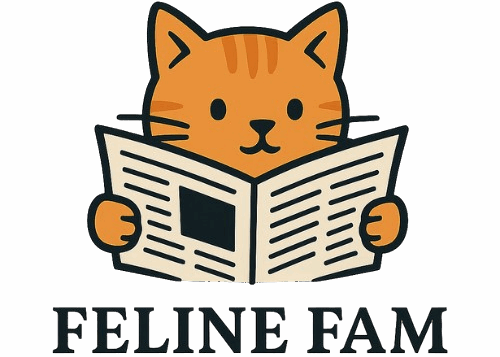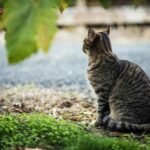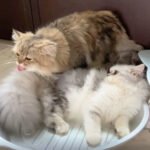Picture this: you’re relaxing on your couch after a long day, dreaming of a peaceful home where your beloved dog could potentially share space with a feline friend. Maybe you’ve seen those adorable videos online of cats and dogs cuddling together, and you think, “Why not add a cat to our family?” Well, hold that thought for just a moment. While many cats can indeed coexist beautifully with dogs, some feline breeds come with temperaments and behaviors that make them less than ideal companions for our canine friends.
The reality is that not all cats are created equal when it comes to living harmoniously with dogs. Some breeds have such strong territorial instincts, aggressive tendencies, or stress responses that introducing them into a dog household could turn your peaceful home into a battlefield. Let’s dive into the world of feline personalities and discover which cats might be better left at the shelter if you’re already sharing your heart and home with a four-legged, tail-wagging companion.
The Territorial Savannah Cat
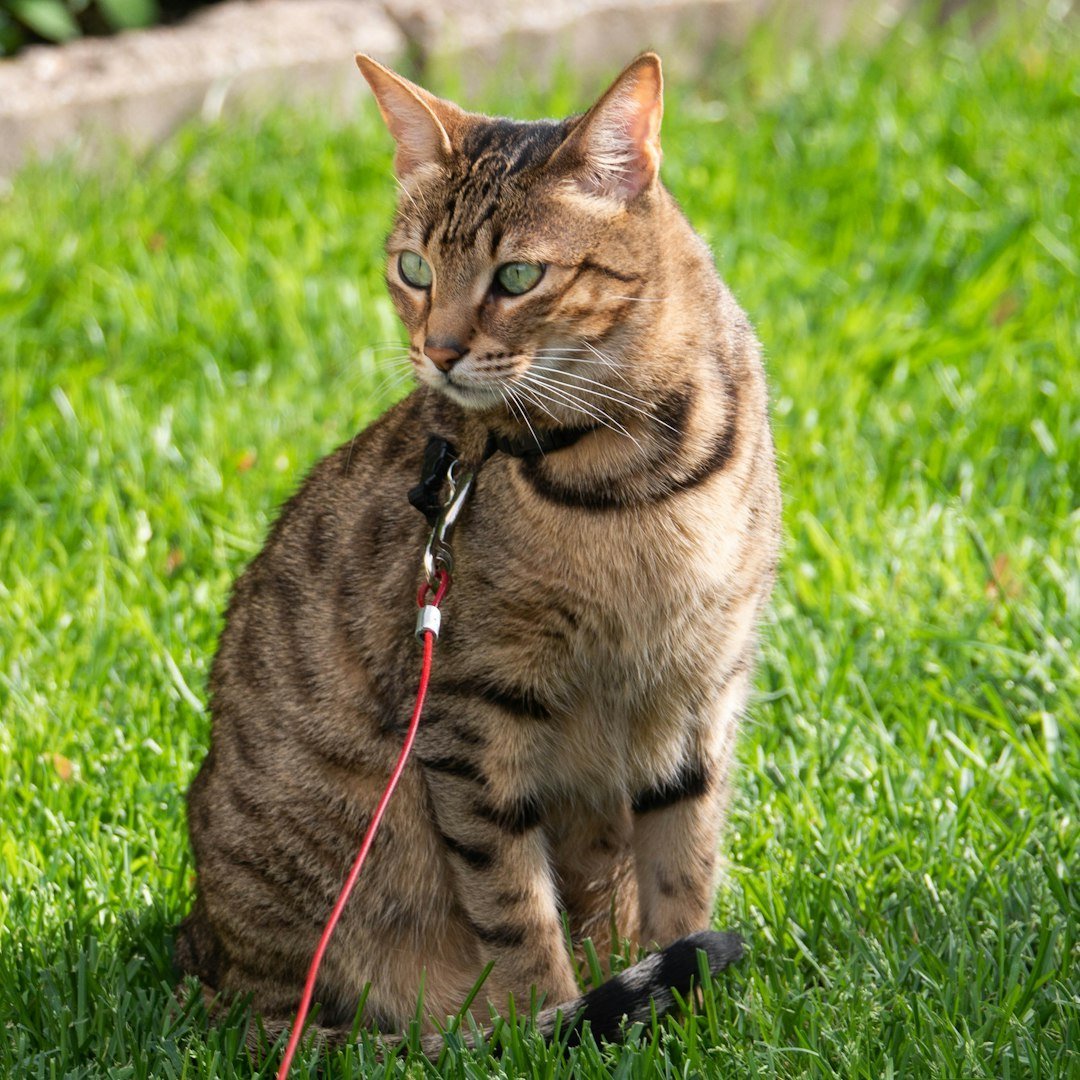
Standing tall with their wild appearance and leopard-like spots, Savannah cats are breathtaking to behold. These exotic beauties are a hybrid between domestic cats and African servals, which gives them their striking looks but also their challenging temperament. Savannah cats are often referred to as “dogs” due to their strong sense of adventure and loyalty and dog-like behavior.
The problem with Savannah cats in dog homes isn’t just their size – some can weigh up to 25 pounds – but their incredibly territorial nature. They view themselves as the apex predator of any household and don’t take kindly to sharing their domain with another four-legged creature. Their wild heritage means they possess hunting instincts that are far more pronounced than typical house cats, making them potentially dangerous around smaller dogs or puppies.
The Unpredictable Bengal Cat
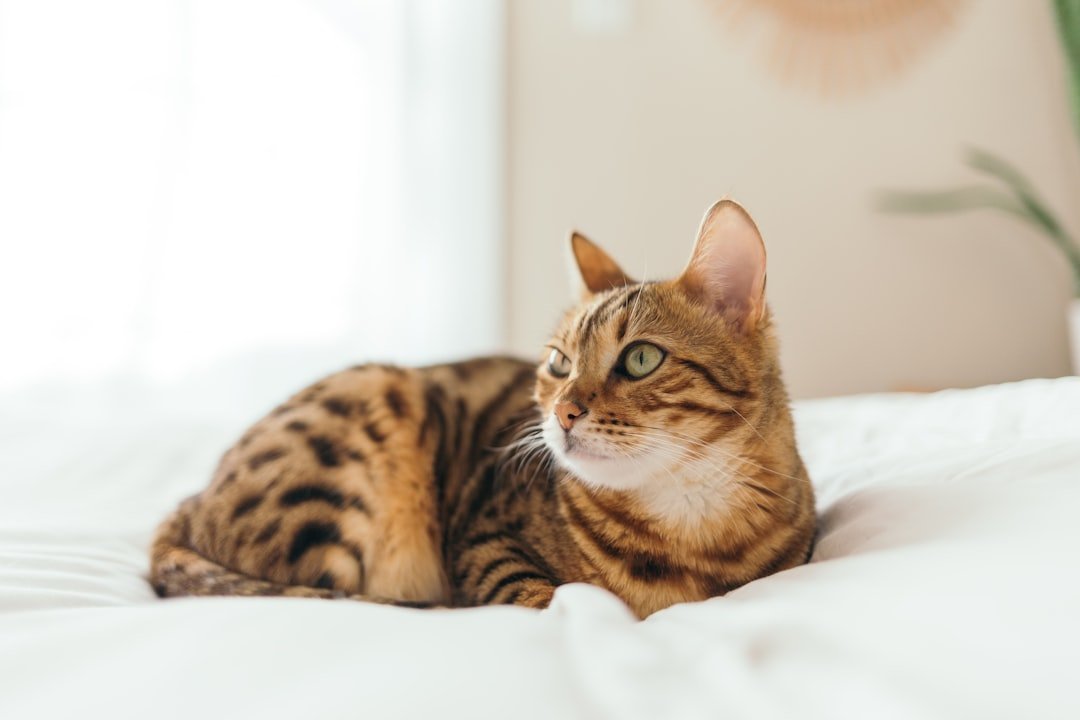
Bengals can exhibit aggressive behavior and become territorial when they are bored or stressed. This may lead to conflicts with other household pets as well which poses challenges for the breed. These stunning cats with their marbled coats might look like miniature leopards, but their personalities can be just as wild.
Bengal cats require constant mental stimulation and can become destructive when their needs aren’t met. In homes with dogs, this often translates to redirected aggression toward their canine housemates. F1, F2, and F3 Bengals are not considered domesticated because of the large amount of Asian Leopard Cat in their blood. But even F4 and F5 Bengals have a bit of a destructive streak. Their high energy levels and need for control can create a tense atmosphere that most dogs simply can’t navigate successfully.
The Intimidating Chausie Cat
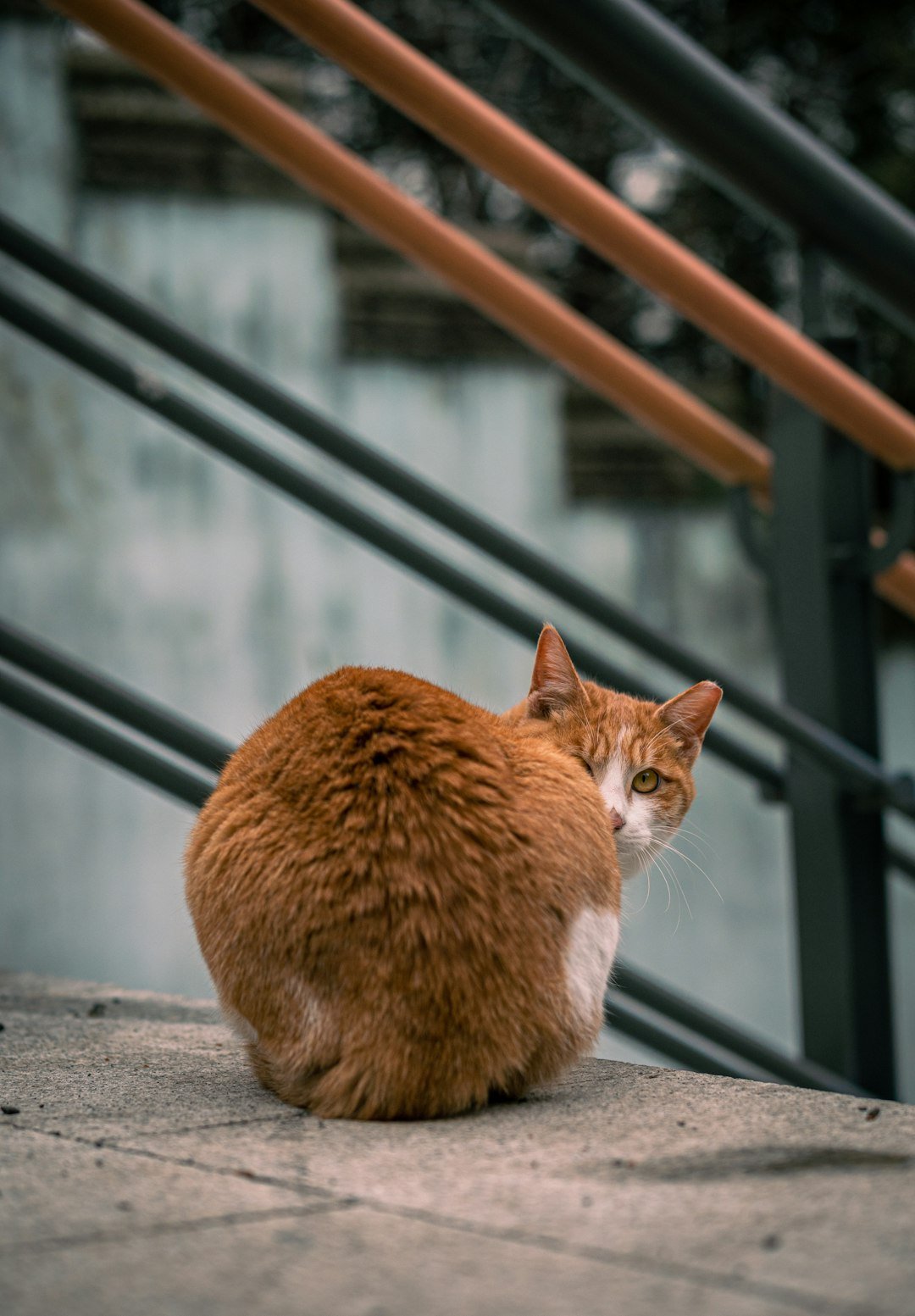
A crossbreed of a domestic cat and the jungle cat the Chausie is incredibly large and energetic. Despite their size and energy, they can be dangerous to homes with children or pets due to potential hazards. These cats are basically the feline equivalent of a linebacker – big, powerful, and not particularly interested in sharing the field.
Chausies can weigh up to 20 pounds and possess an athleticism that allows them to leap incredible distances. Their jungle cat ancestry means they have retained many wild instincts that don’t mesh well with domestic life, especially when dogs are involved. They tend to view dogs as either competitors for territory or potential threats that need to be neutralized, neither of which makes for a peaceful household dynamic.
The Moody Scottish Fold
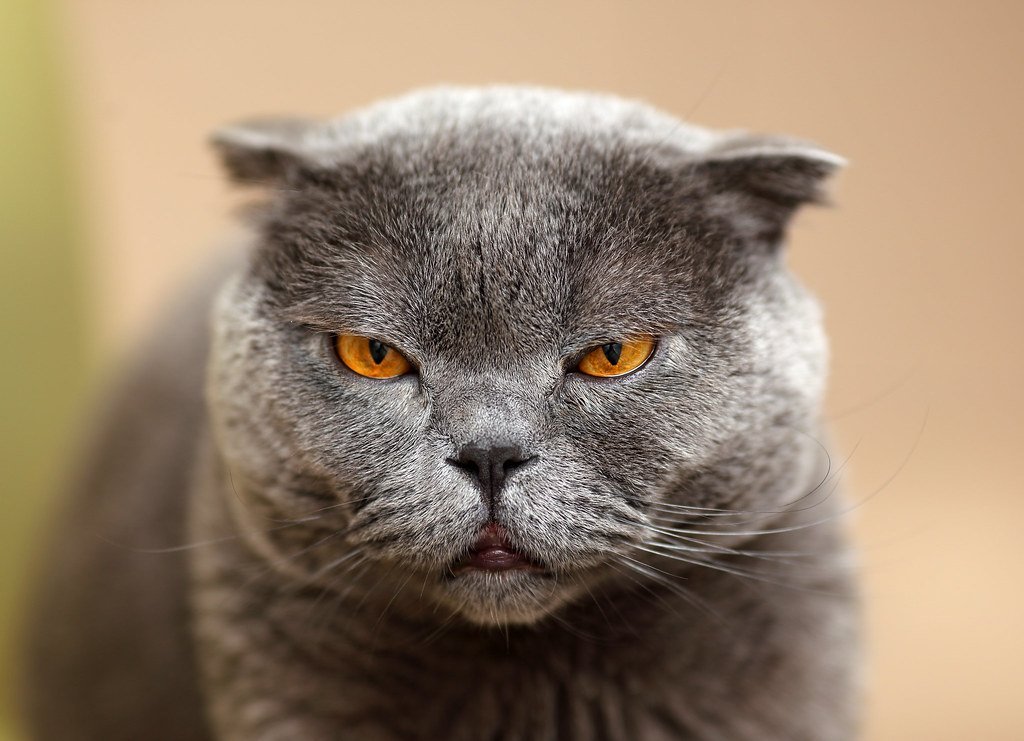
This breed is quite sensitive to change and may become aggressive when new pets are brought home. This cat is also not the friendliest toward babies and children. The Scottish Fold doesn’t like to share the attention and is also fond of rough petting. Don’t let those adorable folded ears and round faces fool you – Scottish Folds can be surprisingly temperamental.
These cats form intense bonds with their human families and become jealous when attention is diverted elsewhere, including toward the family dog. Their sensitivity to change means that even the slightest disruption to their routine can trigger aggressive behavior. In multi-pet households, this often results in the Scottish Fold becoming increasingly hostile toward other animals as they compete for their owner’s affection.
The Dominant Siamese Cat
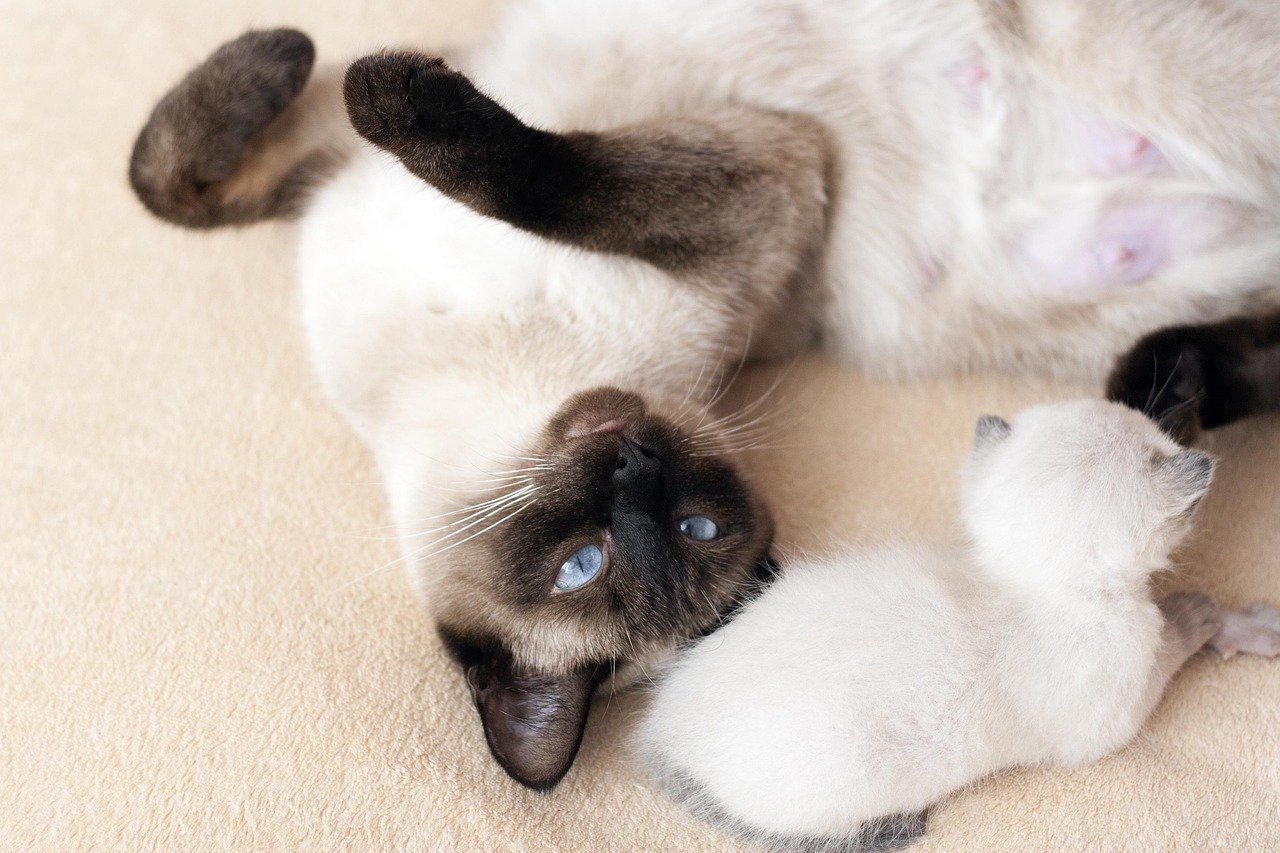
Siamese cats are notorious for their vocal nature and strong personalities, but what many people don’t realize is how controlling they can be. These intelligent felines like to be the center of attention and will go to great lengths to maintain their status as the household’s most important pet. When dogs are present, Siamese cats often view them as unwanted competition.
Their territorial behavior extends beyond just physical space – they want to control their human’s time, attention, and affection. A Siamese cat might tolerate a dog’s presence, but they’ll constantly work to undermine the dog’s relationship with the family. They’re masters of manipulation and will use their vocalizations to demand attention whenever they see their humans interacting with the dog, creating a stressful environment for everyone involved.
The Aggressive Maine Coon
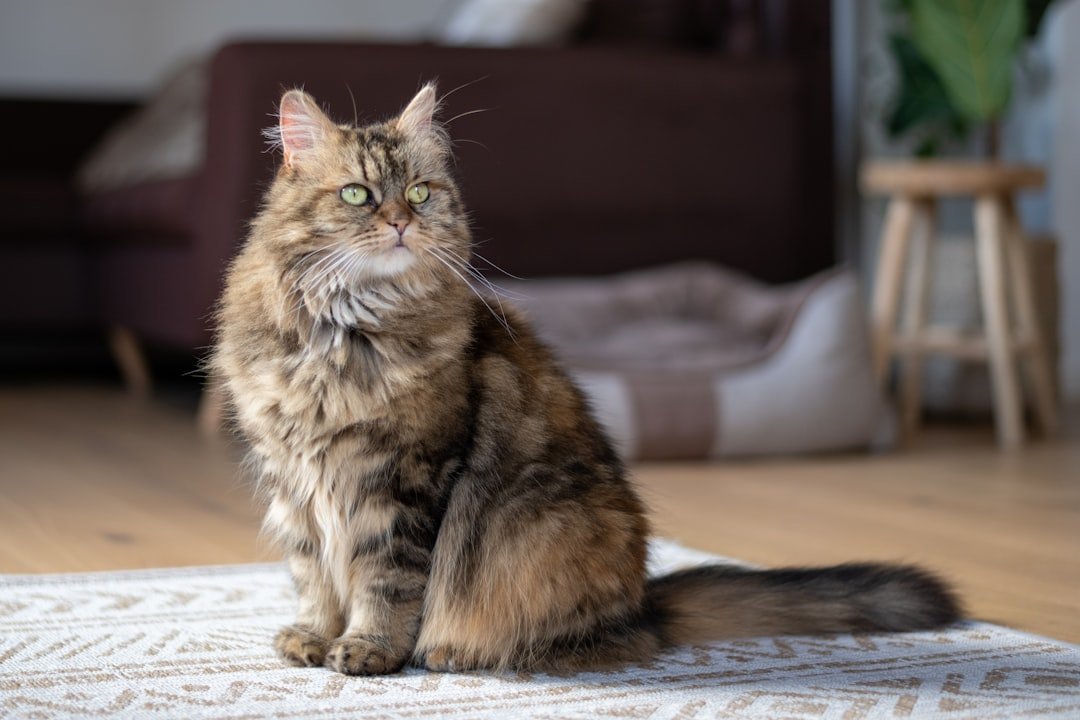
While Maine Coons are often touted as gentle giants, individual cats within this breed can display surprising aggression, especially toward dogs. Their massive size – some males can reach up to 18 pounds – combined with their hunting instincts can make them formidable opponents for even medium-sized dogs. When a Maine Coon decides they don’t like a dog, their size alone can make conflicts dangerous.
These cats were originally bred to be working cats on ships and farms, which means they have strong prey drives and territorial instincts. In homes with dogs, some Maine Coons will attempt to establish dominance through intimidation and physical confrontation. Their thick, powerful paws can deliver devastating swipes that can seriously injure unsuspecting dogs, especially puppies or smaller breeds.
The Unpredictable Russian Blue
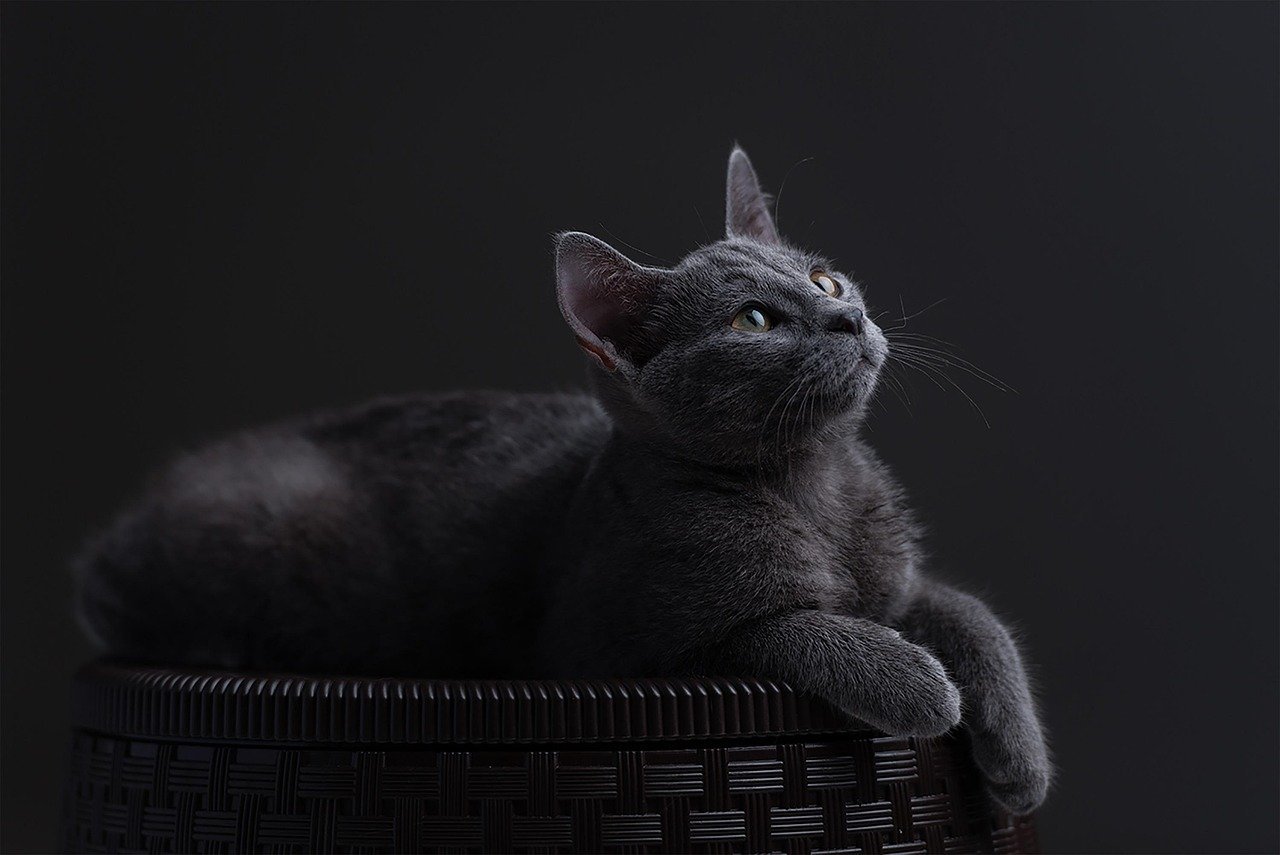
Russian Blues are known for being shy and reserved, but this doesn’t mean they’re automatically good with dogs. In fact, their nervous disposition can make them unpredictably aggressive when they feel threatened or cornered. These cats prefer quiet, predictable environments and can become extremely stressed in homes with active, playful dogs.
Their stress response often manifests as sudden, explosive aggression that can catch dogs completely off guard. Unlike more social cat breeds that might give warning signals before attacking, Russian Blues can go from seemingly calm to full-attack mode in seconds. This unpredictability makes them particularly dangerous around dogs who might not understand feline body language or respect the cat’s need for space.
The Territorial Persian Cat
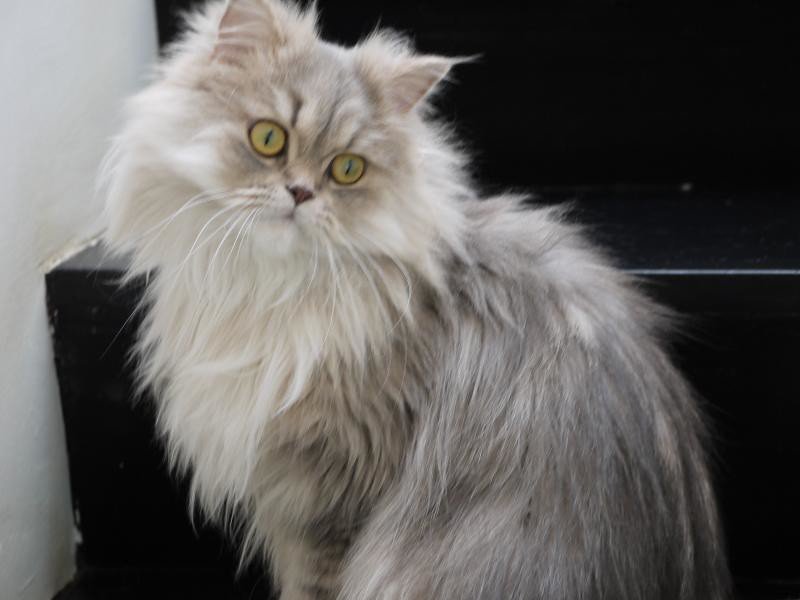
Persian cats might look like fluffy, docile lap cats, but many have surprisingly strong territorial instincts that don’t play well with canine housemates. Their flat faces and breathing difficulties can make them feel vulnerable, which often translates to aggressive behavior as a defense mechanism. They prefer to be the only pet receiving attention and care.
The grooming requirements of Persian cats also create additional stress in multi-pet households. They need daily brushing and regular professional grooming, and many Persians become increasingly irritable when they’re not properly maintained. This irritability often gets directed toward dogs, especially if the dogs are curious about the cat’s long, flowing coat and attempt to investigate or play.
The Hyperactive Abyssinian
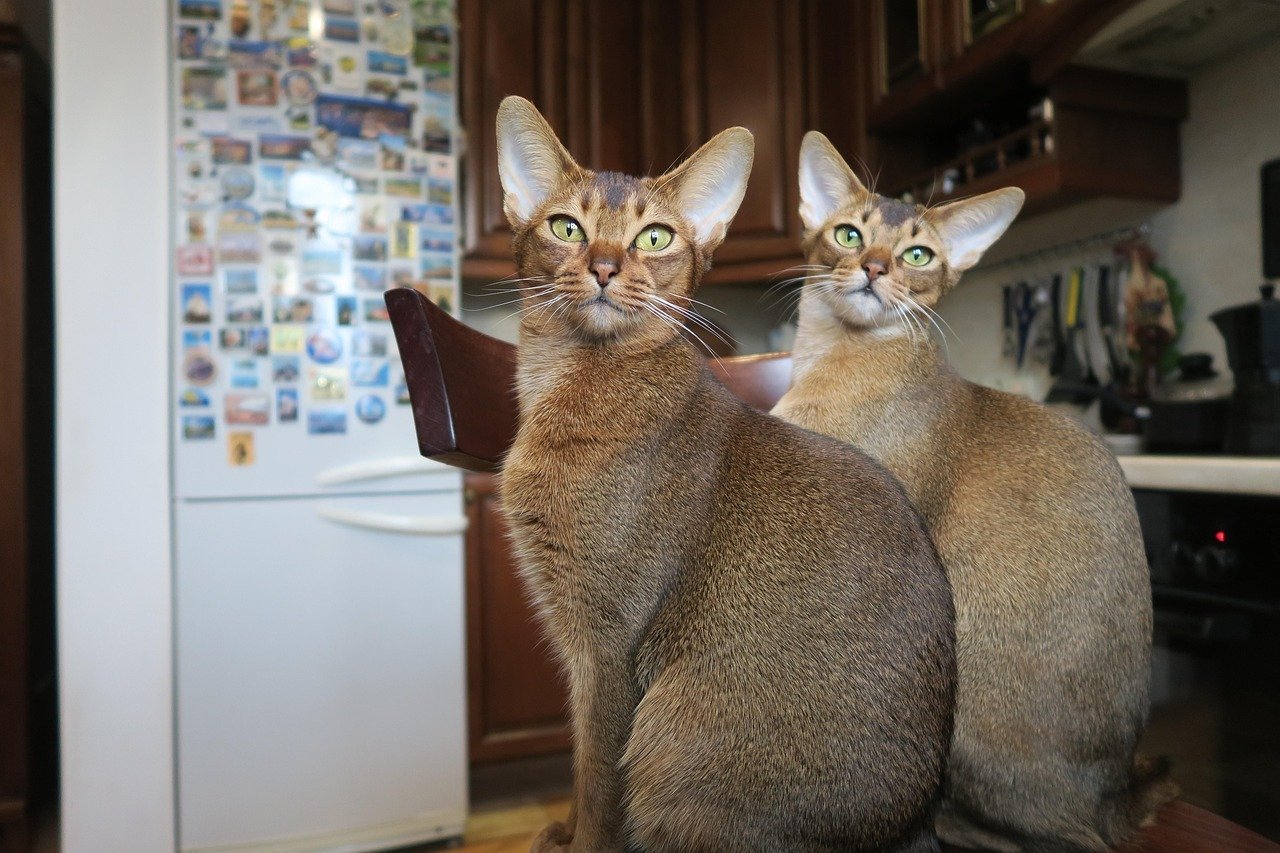
Abyssinian cats are like the hyperactive child of the feline world – they’re constantly moving, climbing, and getting into trouble. While their high energy might seem like it would mesh well with active dogs, the opposite is often true. Abyssinians can become overstimulated in households with dogs, leading to erratic and aggressive behavior.
These cats need to be the center of attention and will compete aggressively with dogs for their owner’s focus. Their athletic abilities allow them to access high places where they can launch surprise attacks on unsuspecting dogs below. They’re also known for their mischievous nature, often stealing dog toys or food, which can create tension and conflict between the pets.
The Demanding Oriental Shorthair
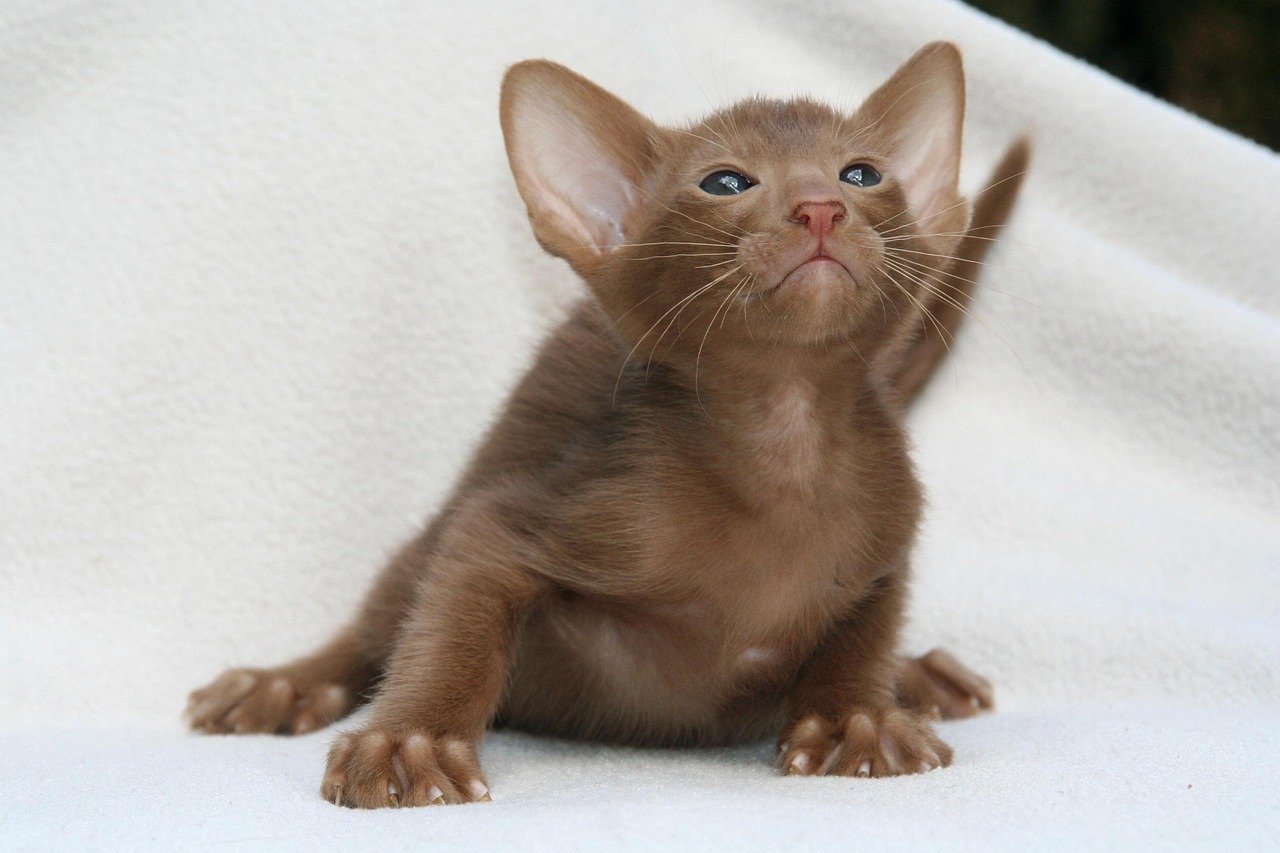
Oriental Shorthairs share many personality traits with Siamese cats, including their demanding nature and need for constant attention. These elegant, slender cats have loud voices and aren’t afraid to use them to express their displeasure with sharing their home with a dog. They’re extremely intelligent and will orchestrate elaborate schemes to get their dogs in trouble or to redirect their owner’s attention away from the canine.
Their high intelligence can work against them in multi-pet homes because they’re capable of holding grudges and planning revenge. An Oriental Shorthair might seem to accept a dog initially, only to begin a campaign of psychological warfare that can last for months or even years. They’re masters of subtle aggression, using tactics like blocking the dog’s access to food, water, or favorite sleeping spots while appearing innocent to their human family.
Conclusion
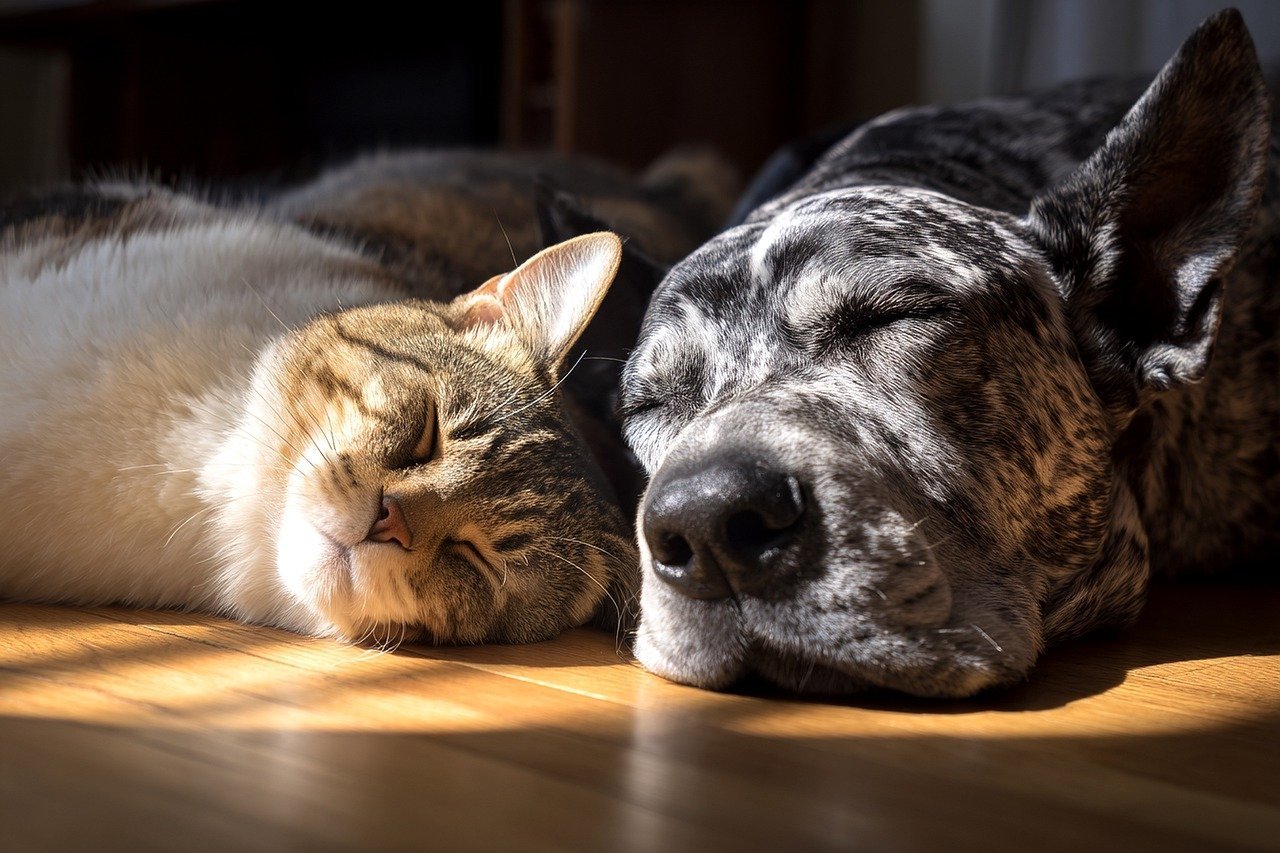
While cats and dogs can certainly coexist in many homes, it’s important to recognize that some feline breeds come with challenges that make them less suitable for families who already have dogs. The breeds mentioned here aren’t inherently evil or bad pets – they simply have personality traits and behavioral tendencies that can create stress and conflict in multi-pet households.
If you’re determined to add a cat to your dog-friendly home, consider breeds known for their gentle, adaptable natures instead. Remember that individual personality matters more than breed characteristics, and proper introduction techniques can make a significant difference in how well pets get along. What do you think about these feline personalities? Have you had experience with any of these breeds in multi-pet homes?
